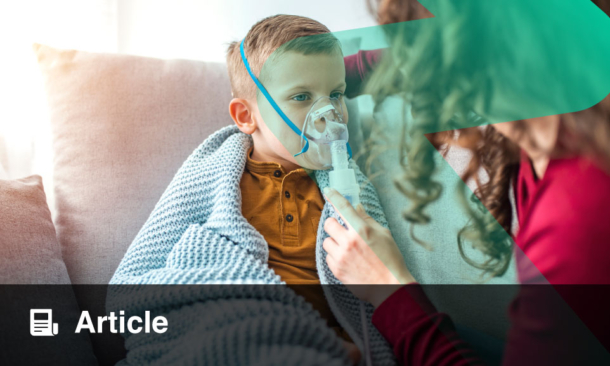A NEW study has found that both indoor and outdoor air pollution significantly worsen respiratory health in patients with chronic obstructive pulmonary disease (COPD). The research, which followed 76 COPD patients over an average of 134 days, is one of the first to examine personal exposure to pollution from different sources and its impact on exacerbations and respiratory symptoms.
While outdoor air pollution is widely recognised for its role in triggering COPD exacerbations, this study highlights the equally damaging effects of indoor-generated pollution. Patients’ exposure to pollutants like nitrogen dioxide and carbon monoxide was measured continuously using portable monitors, and their respiratory symptoms were tracked daily through health diaries and peak expiratory flow (PEF) readings.
The results show that nitrogen dioxide, from both indoor and outdoor sources, was strongly linked to an increased risk of exacerbations. An increase in personal exposure to total nitrogen dioxide raised the odds of a COPD exacerbation by 33%, while indoor-generated and outdoor-generated exposure increased the risk by 19% and 12%, respectively. Indoor carbon monoxide exposure was also particularly harmful, contributing significantly to worsening respiratory symptoms.
Interestingly, the study found that while particulate matter (PM2.5) did not have a direct association with COPD exacerbations, indoor-generated particles were linked to a significant reduction in PEF, indicating a negative impact on lung function.
The findings emphasise the need for a dual focus on both indoor and outdoor air quality to protect the health of COPD patients.
Aleksandra Zurowska, EMJ
Reference
Evangelopoulos D et al. Air pollution and respiratory health in patients with COPD: should we focus on indoor or outdoor sources? Thorax. 2024. DOI:10.1136/thorax-2024-221874








